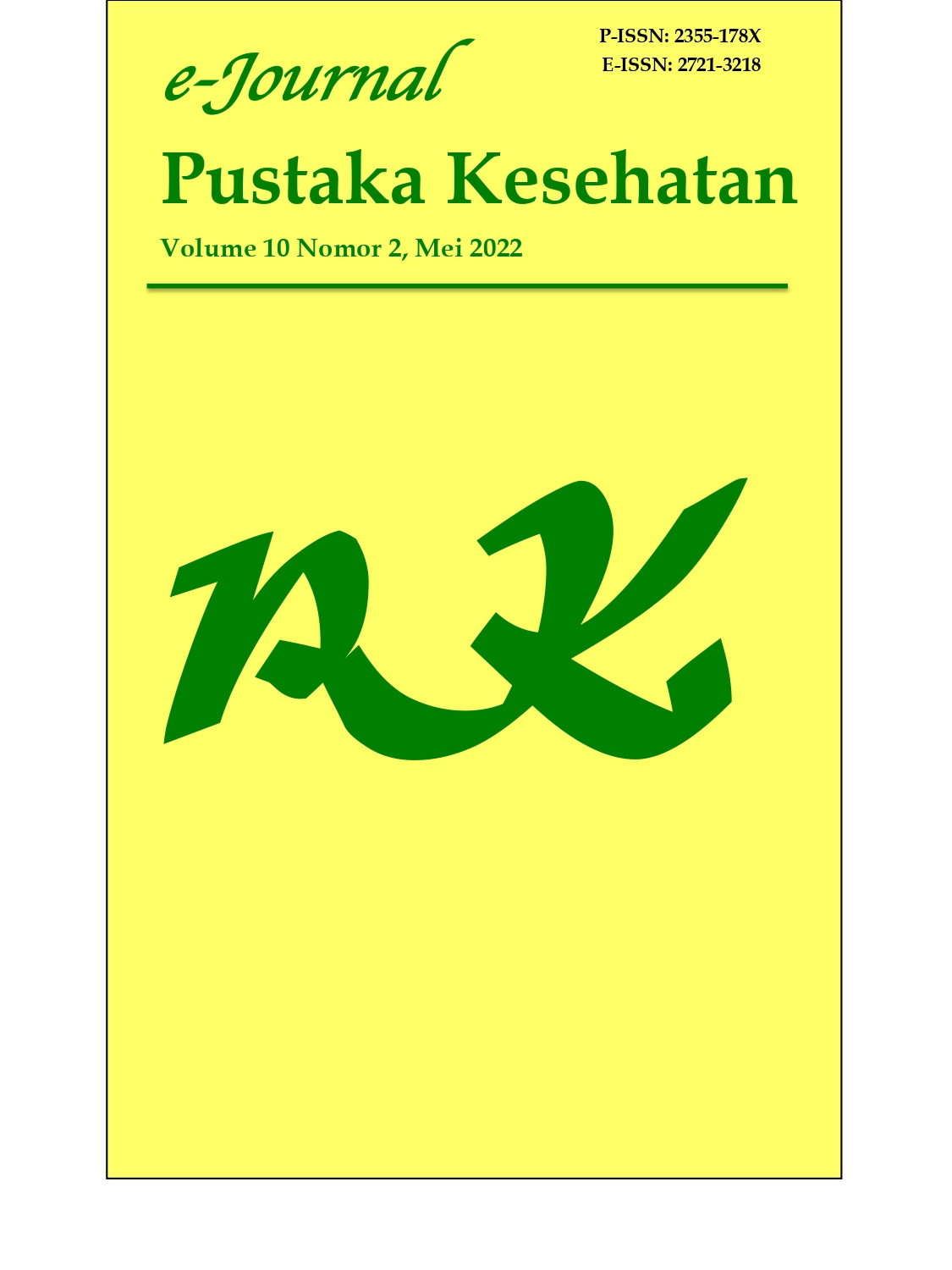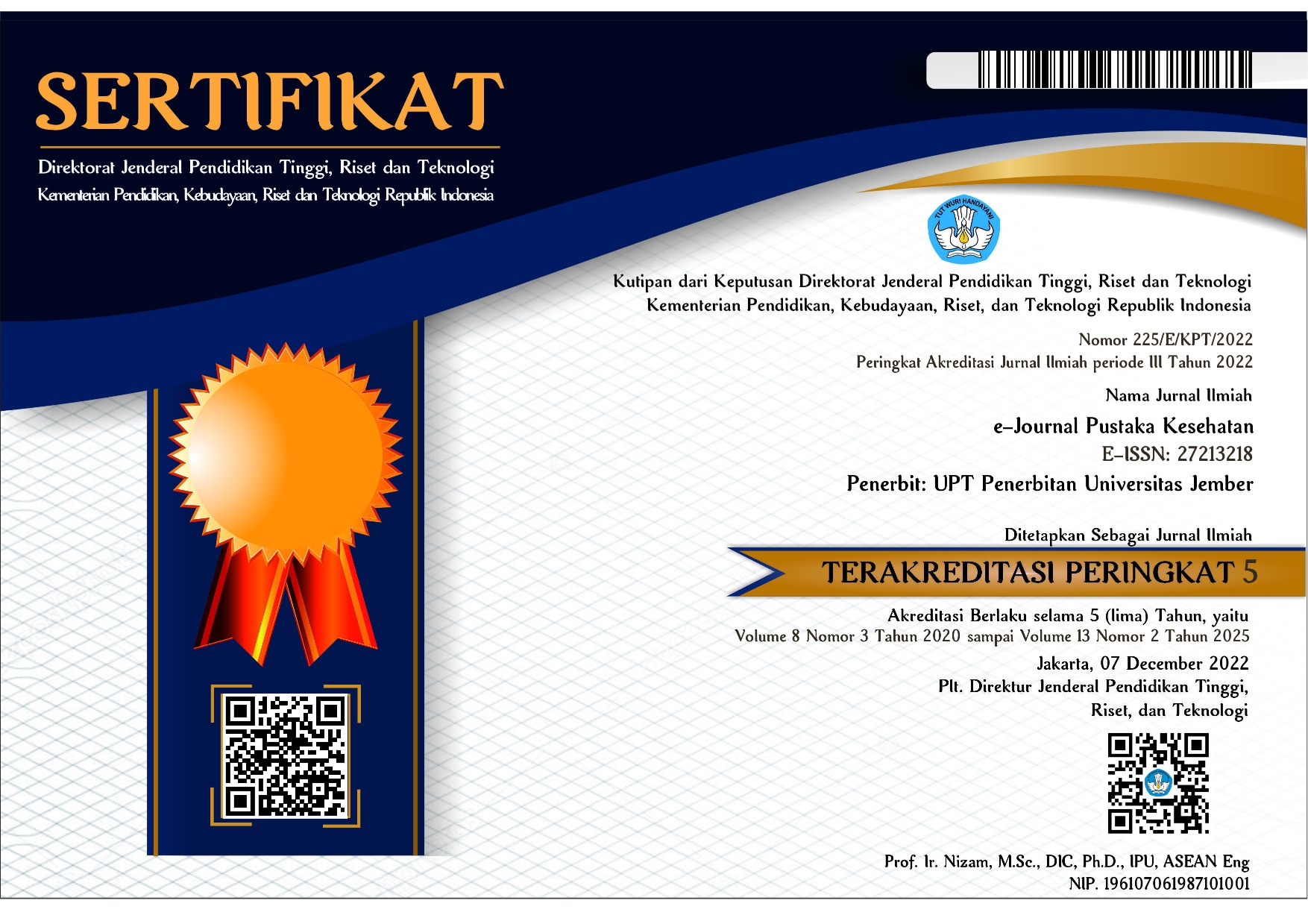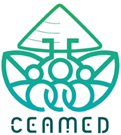Analisis Risiko Kesehatan Lingkungan Sisa Klor (Cl2) pada ZAMP Perumda Air Minum Tugu Tirta Kota Malang
DOI:
https://doi.org/10.19184/pk.v10i2.29406Keywords:
Enviromental Health Risk Assessment (EHRA), Residual Chlorine, Zona Air Minum Prima (ZAMP) drinking waterAbstract
Zona Air Minum Prima (ZAMP) drinking water produced by the Perumda Air Minum Tugu Tirta Kota Malang can be consumed through taps directly from people's homes or ZAMP ready-to-drink water taps in public facilities. One of the processing processes is by adding chlorine gas to ZAMP water so that if the water consumed by the community is not processed further, there will be residual chlorine that enters the human body. The aim of this study is to analize the health risk due to residual chlorine that enters the human body. This descriptive study examined ZAMP water samples located in 9 public facilities in Sawojajar Malang. The residual chlorine was determined with laboratory test and analyzed with Enviromental Health Risk Assessment (EHRA). The result showed that the average residual chlorine content in ZAMP drinking water is 0.00611 mg/l, with a maximum value of 0.2 mg/L and a minimum of 0.001 mg/L. Risk characterization in the population shows that the risk of residual chlorine through ingestion is less than one (RQs < 1) both in adult and the children's category. There was no risk of exposure to residual chlorine contained in ZAMP within the next 30 years. Efforts to manage the risk of residual chlorine from exposure to residual chlorine in drinking water of ZAMP Perumda Water Drinking Tugu Tirta Malang City are not needed.
Downloads
References
[2] Mulia, R. M., 2005. Kesehatan Lingkungan. Pertama penyunt. Yogyakarta: Graha Ilmu :59.
[3] Kementerian Kesehatan, 2010. Peraturan Menteri Kesehatan Republik Indonesia Nomor 492. Jakarta: Kementerian Kesehatan Republik Indonesia.
[4] Anrianisa & F.L.Sudiran, 2016. Efektivitas Instalasi Pengolahan Air (Ipa) Unit 2 Tirta Kencana Pdam Kota Samarinda Terhadap Kualitas Air Minum Tahun 2015. Dedikasi, p. 52-53.
[5] WHO, 2017. Guidelined for Drinking-Water Quality (Fourth Edition Incorporataion The First Addendum). Geneva: WHO Library
[6] Kementerian Kesehatan, 2010. Peraturan Menteri Kesehatan No 736 Tahun 2010. Jakarta: Kementerian Kesehatan.
[7] Dirjen Pengendalian Penyakit dan Penyehatan Lingkungan 2012. Pedoman Analisis Risiko Kesehatan Lingkungan (ARKL). Jakarta: Kementerian Kesehatan Republik Indonesia.
[8] Purba, V., 2016. Analisis Penurunan Sisa Klor dan Peningkatan pH Air Hujan Menggunakan Filter Zeolit dan Karbon Aktif (Studi Kasus di Gedung FTIP UNPAD, Kecamatan Jatinangor).
[9] Fairley, Forbes, Sinclair & Hellard, 2001. A randomized, blinded, controlled trial investigating the gastrointestinal health effects of drinking water quality. Environ Health Perspect.
[10] WHO, 2003. Chlorine in Drinking-water. Geneva: WHO publications.
Downloads
Published
Issue
Section
License
e-Journal Pustaka Kesehatan has CC-BY-SA or an equivalent license as the optimal license for the publication, distribution, use, and reuse of scholarly work. Authors who publish with this journal retain copyright and grant the journal right of first publication with the work simultaneously licensed under a Creative Commons Attribution-ShareAlike 4.0 International License that allows others to share the work with an acknowledgment of the work's authorship and initial publication in this journal.







